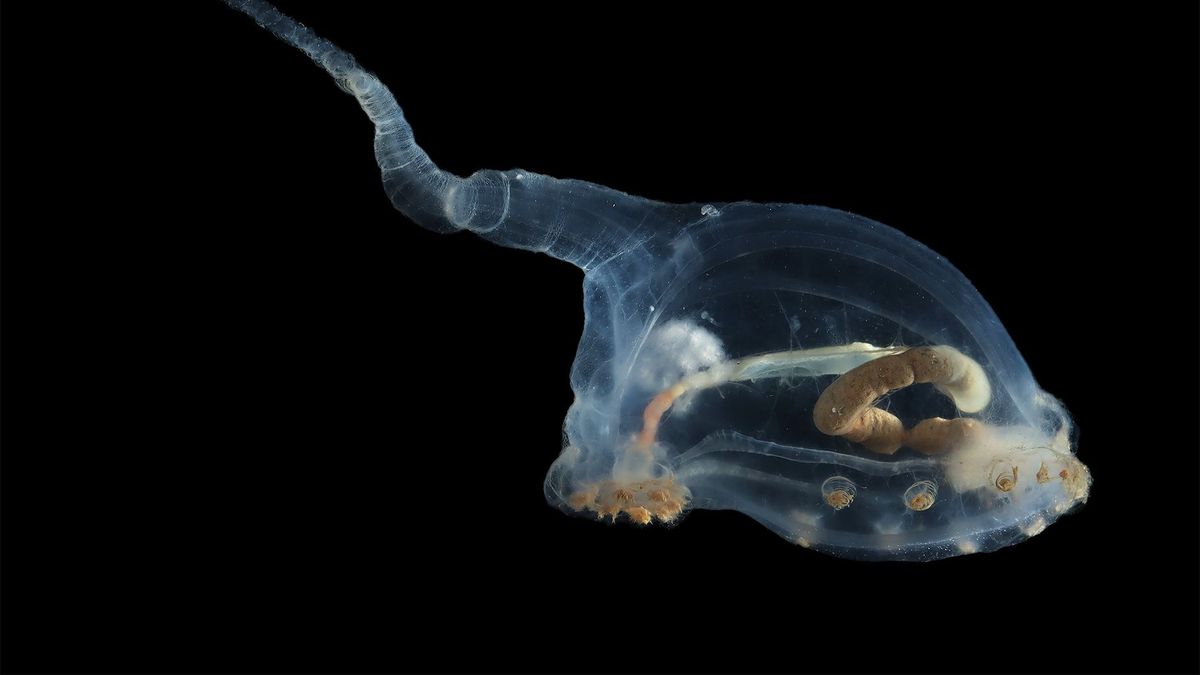A team of researchers discovered a hidden ecosystem on the seabed, where giant worms and other surprising species live. This finding could change our understanding of life in extreme conditions.
A team of scientists led by marine biologists Monika Bright and Sabine Gollnere They found an ecosystem hidden more than 2,500 meters below sea leveloff the coast of Central America. This discovery, on the ridge of the Eastern Pacificdemonstrated the existence of a completely new ecosystem, inhabited by impressive beings, such as the gigantic tube worms Riftia pachyptila and various chemosynthetic bacteria.
The content you want to access is exclusive to subscribers.
What began as routine scientific research on hydrothermal vents ended up opening new doors in the study of life in extreme conditions.


new ecosystem

Riftia pachyptila tube worms inhabit colonies in underground cavities filled with hot fluids, defying the extreme conditions of the seabed.
The use of the SuB-astian submarine to explore the Albatross underwater range
The team of scientists used the SuB-astian remote-controlled submarine to access one of the most remote and volcanically active areas of the ocean, the Eastern Pacific Ridge. This submarine made it possible to obtain fragments of the Earth’s crust using a robotic chisel and revealed cavities filled with hot fluids. Inside, the researchers found a complex ecosystem, home to creatures such as giant tube worms, which reach up to half a meter in length.
The hypothesis about the dispersal of giant tube worm larvae
One of the most intriguing discoveries made during the expedition was the observation of the giant tube worms Riftia pachyptila, that live in these underground cavities. Scientists raised a new hypothesis about how the larvae of these worms, which were previously believed to travel freely in the water column, disperse. However, although larvae of these worms were never observed in the water column, Researchers suggest that these could travel through the subsurface, moving through hot fluids from hydrothermal vents.. This hypothesis, yet to be confirmed, would completely change the way in which the colonization of new hydrothermal vent fields after a volcanic eruption is understood.
This discovery is key because worms Riftia pachyptila They can quickly colonize new vent fields following an eruption, which is vital to the stability of these ecosystems. The larvae, which were not previously observed in the water column, They could move through the cracks in the seabed, taking advantage of thermal fluids to reach new areas and continue the expansion of their colonies. If this hypothesis turns out to be true, it would open new avenues for research into the adaptation to life in extreme conditions and how marine organisms developed mechanisms to survive and reproduce in inhospitable places. Besides, This finding could also be useful in understanding how life could thrive on other planets.in environments with characteristics similar to those of the Earth’s seabed.
Source: Ambito
I am Pierce Boyd, a driven and ambitious professional working in the news industry. I have been writing for 24 Hours Worlds for over five years, specializing in sports section coverage. During my tenure at the publication, I have built an impressive portfolio of articles that has earned me a reputation as an experienced journalist and content creator.




